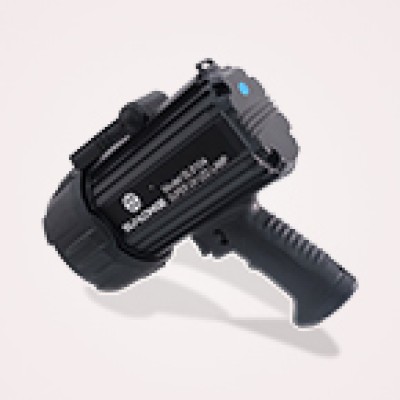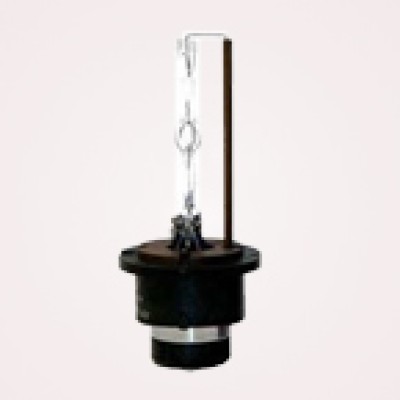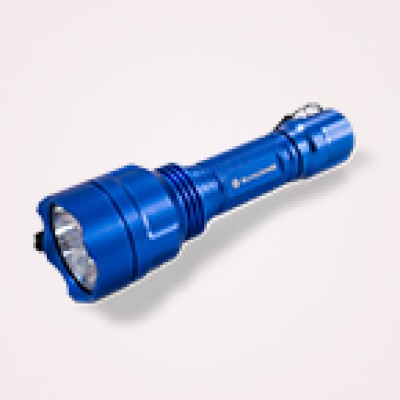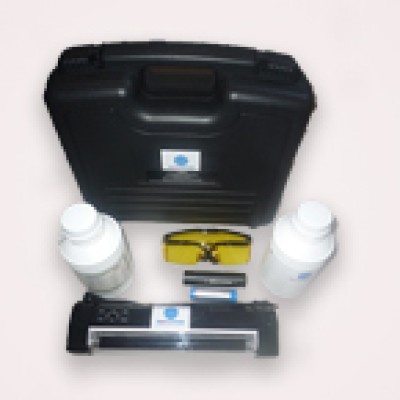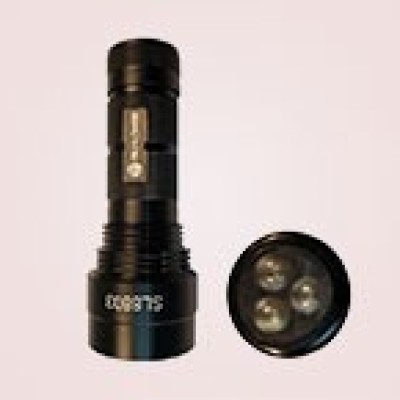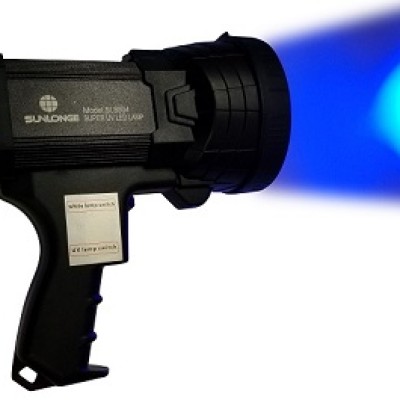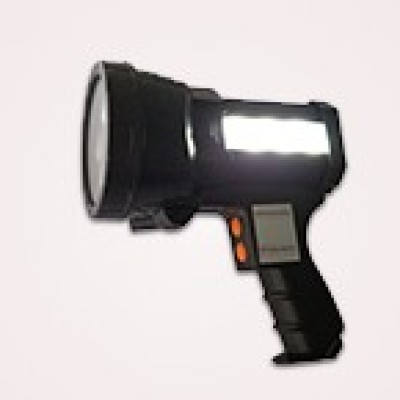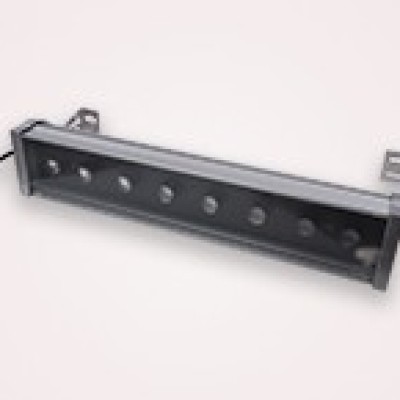How to Select the Right UV-A Lamp for Your NDT Needs
The general lighting industry has embraced LEDs as the preferred technology of choice over incandescent and fluorescent bulbs due to higher flexibility and fewer safety concerns. However, the nondestructive testing community has trailed in adoption of LEDs due to the special lighting requirements and challenges posed by fluorescent methods such as liquid penetrant testing or magnetic particle inspections.
With regulatory exemptions for NDT expiring in recent years and advancements in LED technology and manufacturing, high-intensity LED UV-A light sources are now the go-to solution for NDT professionals.

Super The viper SL8300-UV adjustable-light beam UV LED Flashlight
While flexibility is one of the main advantages to LED technology brings to NDT, it also means more details are required to specify the right performance for nondestructive testing. For a lamp to be useful in fluorescent penetrant or magnetic particle inspection, many factors must be considered.
Peak Wavelength & Emission Spectrum
Peak wavelength is the most important factor when selecting an LED lamp for fluorescent inspection.
When the formulas for penetrants and magnetic particle materials were created, the default UV-A source was mercury-vapor, which produce a single UV-A peak at 365.4 nm, the elemental emission line of mercury. Therefore, all fluorescent penetrants and magnetic particle materials are tuned to fluoresce under UV-A at 365 nm.
With LEDs, the peak wavelength is variable and depends on the individual LEDs used when the UV lamp is manufactured. To make sure that an LED UV-A lamp produces fluorescence in penetrants and magnetic particle materials, the LEDs must have a peak wavelength within the range 360-370 nm.

SL8300 Series:SL8300-Hight VersionSL8300–Standard Version;SL8300-Aerospace RRES90061;
Abbreviation:SL8300-H,SL8300-S;SL8300-AR (We master the core technology, We can adjust the UV intensity according to customer requirements)
|
Model |
SL8300-Aerospace RRES90061 |
SL8300-Standard Version |
SL8300-Hight Version |
|
Number of UV LEDs |
1 x 5W 365NM UV LED,Optical lens + filter |
1 x 5W 365NM UV LED,Optical lens + filter |
1 x 5W 365NM UV LED,Optical lens |
|
UV Intensity at 15inch(380mm) |
3500/cm2 (1000-3500uw/cm2) |
25000uw/cm2 (1000-25000uw/cm2) |
45000uw/cm2 (1000-45000uw/cm2) |
|
Visible light emission |
< 0.5 FC(5 lux) |
< 2 FC(20 lux) with black light filters |
No filters
|
|
Irradiated Area in 38cm Distance |
210mm(Diameter) |
100-210mm(Diameter) |
100-210mm(Diameter) |
|
Power supply |
Polymer battery pack DC |
The Same |
The Same |
|
Suitable for industry |
All Aeronautics NDT |
Except Aeronautics NDT |
Except Aeronautics NDT |
Attention to:
SL8300-Aerospace RRES90061 Meets Rolls-Royce RRES 90061 Requirements,
ASTM E1417, ASTM E1444, ASTM E 709, ASTM E2297, ASTM E3022 compliant
It is also important to consider the UV-A emission spectrum since the UV-A emission of an LED is much wider than that produced by mercury-vapor. At the tail end the spectrum includes some emission in the visible light range above 400 nm which can be observed as a deep violet glare from the lamp. Fluorescent penetrant and magnetic particle inspections are performed in a dark environment to increase contrast, and visible light contamination will degrade the inspection. For inspections to aerospace specifications, like ASTM E3022, Nadcap AC7114 and Rolls-Royce RRES 90061, this deep violet glare is not acceptable. For that reason, any lamp used for aerospace inspection, such as the EV6000, must include a UV-A pass filter to block visible emission.
Beam Profile & Working Distance
With LED lamps, you are not limited to a single configuration to perform all NDT inspections. Lamps can be designed for specific applications and uses.
Lamps designed for close-up inspection will have a focused intense spot, but a small beam area. The beam area of an LED UV-A lamp is the measure of how much surface is above the minimum 1,000 µW/cm2 irradiance required for inspection. To achieve a wide beam area, an array of LEDs is needed.
However, if an array is used too close to the inspection surface, patterns of bright and dim spots will result. This is the trade-off between working distance and beam area.
Lamps with a small beam area are useful for inspecting tight areas like holes, weld joints, and internal surfaces. But when used on large structures, a small beam can create “tunnel vision” where the inspector is focused on a single area and indications just outside of the beam area can easily be missed.
A lamp with a large beam area will provide UV-A irradiation to the area peripheral to the inspection. This allows the inspector to quickly locate and identify fluorescent indications in the peripheral area for closer inspection.
The working distance of an LED UV-A lamp is the minimum distance required to provide even coverage.
When placed very close to a surface, individual LEDs in an array will project separate beams with dim areas in between. Such uneven coverage degrades the quality of the inspection, and could lead to missed indications. But as the lamp is moved away from the surface, the beams from individual LEDs will merge into a smooth, even profile.
Inspection should only be performed when the lamp is positioned farther than minimum working distance.
Power Supply
Working at low voltage, an LED UV-A lamp can operate on battery power for several hours. This makes the lamp very portable, and field inspections become quick and simple.
However, there is a concern with battery-powered lamps because LED intensity is directly related to supply voltage and current. As a battery is used, the voltage and current drops, giving a characteristic discharge curve. With an LED UV-A lamp, this can result in decreasing intensity over time, eventually dropping below the minimum 1,000 µW/cm2 requirements.
Advanced lamps incorporate constant-current circuits that monitor the battery discharge.
 CN
CN

